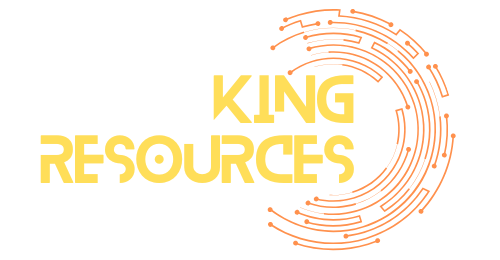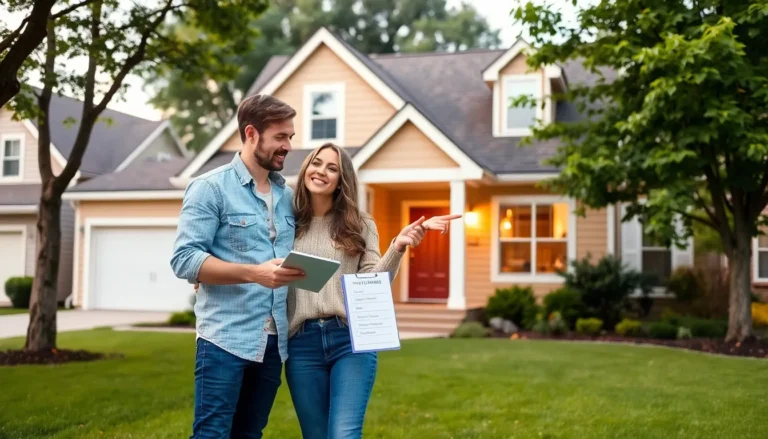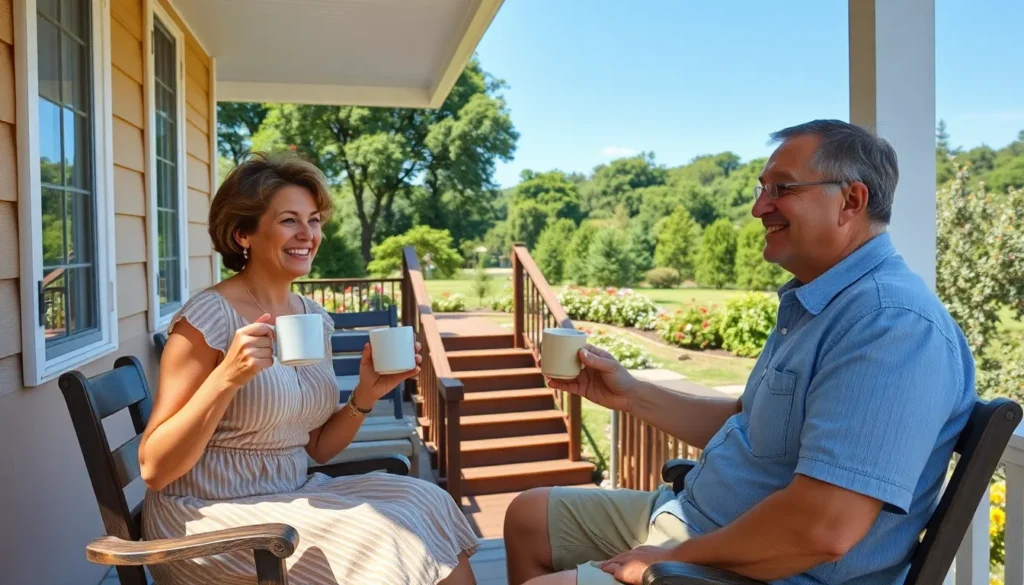Dreaming of a second home? You’re not alone. Many people envision a cozy getaway nestled in the mountains or a beachside retreat where they can sip cocktails and pretend to be on vacation every weekend. But let’s face it—affording that dream home can feel like trying to find a unicorn in a haystack.
With rising property prices and the never-ending list of expenses, it might seem like a far-off fantasy. Yet, with the right strategies and a sprinkle of creativity, that second home could be closer than it appears. Imagine escaping the daily grind and having a place to unwind, recharge, and create unforgettable memories. So grab your favorite beverage and let’s dive into the world of second homes—because who wouldn’t want a little slice of paradise?
Table of Contents
ToggleUnderstanding the Concept of a Second Home
Affording a second home involves understanding various factors. Second homes may serve as vacation retreats or investment properties. Costs associated with these homes include not just the purchase price, but also maintenance, taxes, and insurance. Location plays a crucial role in determining affordability. Popular areas might require higher budgets but can offer better rental potential.
Financing options are numerous. Many buyers opt for traditional mortgages, while others may explore alternative funding methods. Cash purchases may simplify transactions, although they require substantial savings.
Buyers should also consider rental opportunities. Renting out a second home during peak seasons can offset expenses. Potential income provides more flexibility in managing costs. Additionally, some homeowners benefit from tax deductions, such as mortgage interest or property taxes, which further enhance affordability.
Understanding personal financial situations proves essential. Assessing income, savings, and existing debt offers clarity on what one can afford. Exploring budget strategies helps prioritize spending and savings goals specifically for a second home.
Ultimately, patience and planning matter. Buyers shouldn’t rush into decisions without thorough research and understanding. Clarifying personal motivations—whether for recreation, investment, or both—enhances the decision-making process. Owning a second home may be closer within reach with the right approach.
Financial Considerations for Affording a Second Home
Affording a second home involves careful financial planning and understanding various costs associated with ownership.
Budgeting for Purchase and Maintenance
Establishing a clear budget is crucial for both the purchase and ongoing maintenance of a second home. Costs typically include the purchase price, closing fees, property taxes, maintenance, and insurance. He or she needs to account for seasonal expenses, like heating in winter or air conditioning in summer. Tracking these expenses regularly helps prevent surprises. Setting aside funds for unexpected repairs is wise, as wear and tear may occur. Allocating a specific percentage of income towards the costs can assist in maintaining financial stability. Evaluating different financing options also impacts budget considerations, allowing for personalized approaches to meet unique financial situations.
Mortgage Options and Interest Rates
Exploring mortgage options boosts the chances of finding an affordable solution for a second home. Traditional fixed-rate mortgages are common, offering predictable monthly payments over time. Adjustable-rate mortgages present another option, typically featuring lower initial rates but fluctuating costs later. It’s essential to compare interest rates from various lenders as they can significantly affect total expenditure. He or she should investigate loans specifically for vacation properties, which may have different criteria. Understanding the implications of down payments plays a role in securing favorable financing. Evaluating one’s credit score enhances the likelihood of obtaining the best interest rates available.
Location Factors in Second Home Affordability
Location plays a crucial role in determining second home affordability. Factors such as accessibility, climate, and local amenities influence decisions significantly.
Popular Destinations for Second Homes
Well-known locations for second homes include coastal towns, mountain resorts, and suburban areas near urban centers. Coastal towns like Destin, Florida, and Outer Banks, North Carolina, attract buyers seeking leisure and beach access. Mountain resorts in places such as Aspen, Colorado, or Lake Tahoe, California, appeal to those who enjoy winter sports and nature. Suburban areas near cities offer convenience for weekend getaways while maintaining affordability. Expectations around rental income often guide choices, as popular tourist areas tend to generate higher returns.
Impact of Market Trends on Affordability
Current market trends directly affect second home affordability. Rising home prices and increased demand in desirable locations escalate costs. Interest rates also influence the financial landscape; higher rates lead to larger monthly payments. Seasonal fluctuations can impact the availability of second homes, causing prices to rise during peak buying seasons. Investors, driven by market analysis, must adapt strategies to secure favorable purchase conditions. Buyers benefit from monitoring emerging neighborhoods that may offer affordability and potential appreciation. Understanding these trends equips buyers with insights, enabling smarter financial decisions regarding second home investments.
Tax Implications of Owning a Second Home
Understanding tax implications is crucial for anyone considering a second home. Owners may deduct mortgage interest payments on a second home, provided the total mortgage debt across primary and secondary residences doesn’t exceed $1 million. It’s vital to track these deductions to ensure compliance with IRS regulations.
Property taxes apply to second homes as well. Rates vary significantly based on location, so checking local tax policies is important. Assessing property tax rates ahead of the purchase can prevent unexpected financial strains.
Additionally, rental income generated from a second home creates taxable revenue. Owners must report this income, but they can also deduct qualifying expenses like repairs and maintenance, which can significantly offset tax liabilities. Keeping detailed records simplifies tax preparation and maximizes beneficial deductions.
Capital gains tax impacts homeowners when selling a second property. If the property appreciates and sells for a profit, certain exemptions may apply, especially if the home isn’t used primarily for rental purposes. Knowing these exemptions helps in planning for potential future profits.
Importantly, understanding local tax laws remains essential. States may impose different regulations on second homes, so local adaptations are necessary. Investors often find that professional tax advice proves beneficial in navigating these complexities.
The tax implications of owning a second home are multi-faceted. By assessing mortgage interest, property taxes, rental income, capital gains, and local regulations, buyers can make more informed decisions that enhance their financial strategies.
Conclusion
Affording a second home is a journey that requires careful planning and strategic thinking. By understanding personal finances and exploring various financing options, individuals can find a path that suits their needs. Monitoring market trends and considering location can further enhance affordability.
With creativity and patience, the dream of a second home can transform into a reality. Whether it’s for relaxation or investment, the right approach can lead to lasting memories and financial benefits. Embracing the possibilities opens the door to a rewarding experience that enriches life.









